With a huge fluffy coat to match its larger-than-life personality, it’s no wonder the Pomeranian is one of the most popular small dog breeds around. Though they might not look the part now, these dogs are actually miniaturized versions of the tough sled-pulling dogs of the Arctic. They retain much of the goofy and alert personality, but fit easily onto the laps of their owners. Read on to learn more about the Pomeranian.
Description of the Pomeranian
A well-groomed Pomeranian looks like a little bright-eyed lion. Their coat is generally a rich reddish gold, though they also come in black. Regardless of color, their coat requires extensive grooming and should not be shaved.
Like all dogs, the Pomeranian can be nervous of new things if undersocialized as a puppy. When well-socialized, however, this breed is generally quite inquisitive and bold.
This breed hails from the part of Europe that is now Germany and Poland. Their popularity is largely due to Queen Victoria, who personally bred and showed Pomeranians at the 1891 Crufts Show. Queen Victoria is also credited with having shrunk the Pomeranian from its original 30-pound stature down to its current size.
Life Expectancy and Size
The Pomeranian often lives into its teens, but there are a number of genetic conditions to watch out for in the breed – read on to learn more about health testing and health concerns in the breed. They weigh just four to seven pounds on average, and stand about six inches tall at the shoulder, though Poms often look larger thanks to their thick, fluffy coat.
Protective Ability
Like most lap dogs, the Pomeranian should generally be friendly with strangers – but that doesn’t mean that Pomeranians are a quiet breed. True to their history as a spitz-type breed, Pomeranians can be very loud. Their small size probably rules them out as a truly intimidating guard dog, but that doesn’t mean that their bark won’t spook an intruder!
Training
This breed is known for being quick-witted, which makes them a favorite of many trick trainers around the world. Training sessions must be interesting, or your Pomeranian may choose to occupy his time elsewhere. They respond especially well to lively, short training sessions that are full of toys and treats. Though they easily overheat, these dogs also do well in a variety of dog sports, such as agility.
Energy Level
Despite being a lap dog, the Pomeranian has a lot of energy – perhaps left over from those long-ago sled-pulling ancestors. In any case, these dogs will need daily time to run around, play with you or other dogs, and go for walks. Their desire to run makes them notorious escape artists, so they should not be left even in fenced areas unattended.
If you are looking for a couch potato lap dog, you might want to pass over the Pomeranian. This breed is one of the most active of the small dogs.
What Living with a Pomeranian is Like
The Pomeranian is active, alert, and intelligent – expect your dog to require your attention. Whether your Pomeranian enjoys playtime, walks, snuggles, or all of the above, this is not a dog that generally wants to be left alone.
Expect a lot of grooming, and at least some barking if you choose to share your home with a Pomeranian. They’re known for spinning in circles (and barking) when excited, so keeping your Pomeranian well-exercised will make your life a lot easier. Keep in mind that these dogs might enjoy going out and about, but can easily be mistaken for a squirrel or rabbit by predators.
Care of the Maltese
The Pomeranian needs extensive grooming to avoid matting, and should not be out in hot weather. Caring for a Pomeranian requires vigilance on both parts.
Environmental Needs
No stranger to the cold, the Pomeranian will fare better in the cold than the majority of other lap dogs. They do poorly in heat, and should not be shaved in the summer – this can actually cause their hair to grow back incorrectly, making them less able to regulate their body temperature, actually worsening the problem.
If your Pomeranian goes out in the snow, be sure to watch out for ice balls that may form in their fur. If this happens, thaw the ice out and dry your dog off before starting to groom.
Exercise Needs
Unlike some other lap dogs, the Pomeranian is quite the little athlete. These small dogs love working their minds and bodies. Keep this in mind if you’re too busy to exercise your dog. At a minimum, your Pomeranian should get some walks and playtime every day. You can make the most of your time by playing training games while the microwave is cooking, hiding treats around the house while you’re at work, or feeding your dog from a puzzle toy.
Shedding and Grooming
If you’re not interested in paying a groomer or becoming quite skilled yourself, reconsider the Pomeranian. These dogs have an incredibly thick and long double coat that mats easily. They should be brushed to the skin at least once a week. A surface-level brushing will only smooth out the topcoat, which can result in nasty mats and dreadlocks close to the skin.
These dogs shed profusely. Regular brushing of their undercoat can help curb this, but shaving is not recommended as it can ruin their coat. Generally, a Pomeranian should get a full groom at least once every four to six weeks. This will include a bath, brushing, tooth care, nail trims, and anal gland expression.
Ideal Home Environment
The Pomeranian does well with active homes that can spend ample time with their dog. Their bladders are simply too small to deal with being left alone for a whole day, especially if a family has more activities after work or school. Their small size makes them well-suited to smaller living situations, provided you can take them out for regular exercise.
This breed’s small size can make them a poor fit for rambunctious kids, and they’re not as gentle-mannered as some other toy breeds. However, they enjoy learning tricks and make great pets for aspiring trainers.
Health Concerns
Many Pomeranians are very healthy and may live up to 16 years of age. However, there are a number of health issues to keep an eye out for in this breed. Ask your breeder to show you proof of health testing for eye, knee, and heart issues at a minimum before purchasing a puppy. You should also ask your breeder about any history of seizures, hypothyroidism, and collapsing tracheas in your puppy’s family.
Behavior Problems
The Pomeranian is often a very barky dog that is prone to escape and running away. They can be challenging to teach to come when called, so start right away with your young puppy. The barkiness can be reduced by teaching your dog to do something else instead (like squeaking a squeaky toy), but this is also a trait of the breed that can be challenging to change.
As far as more serious behavior concerns go, the Pomeranian is no more prone to fear or aggression than most other breeds. A well-bred and well-socialized Pomeranian should turn out generally friendly with strangers of all species. That said, genetics play a role. Puppy mill breeders produce many puppies that have genetics from fearful parents. Pairing this with undersocialization can create a Pomeranian that is very barky, fearful, or aggressive with strangers. This is often called “neophobia,” which is a fear of new things.
You can prevent this by finding a good breeder, then enrolling in a good puppy kindergarten. If you already have a problem, contact a certified dog behavior consultant for help. Ask the trainer to tell you how they’ll teach your dog what to do instead, and what will happen if the dog gets it wrong. Avoid trainers that rely heavily on corrections, as this often makes leash reactivity worse.



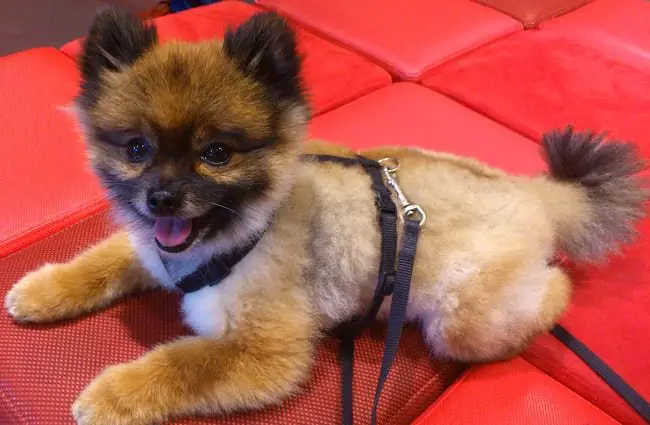
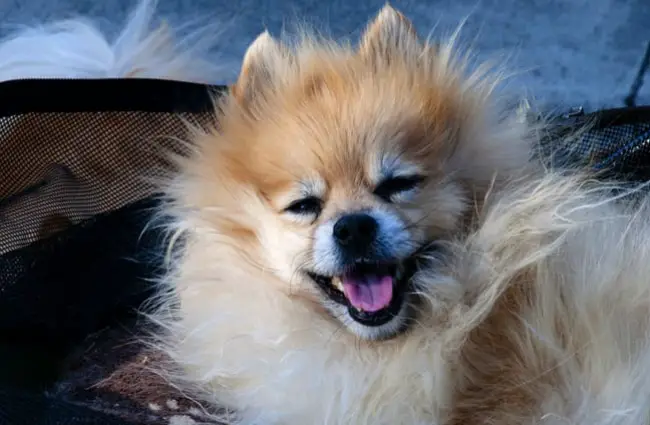
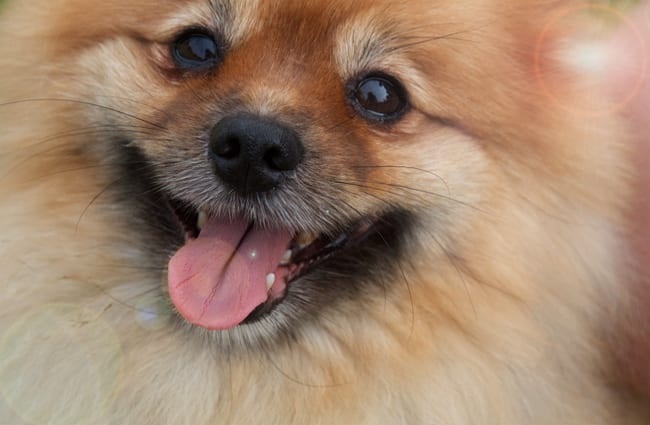
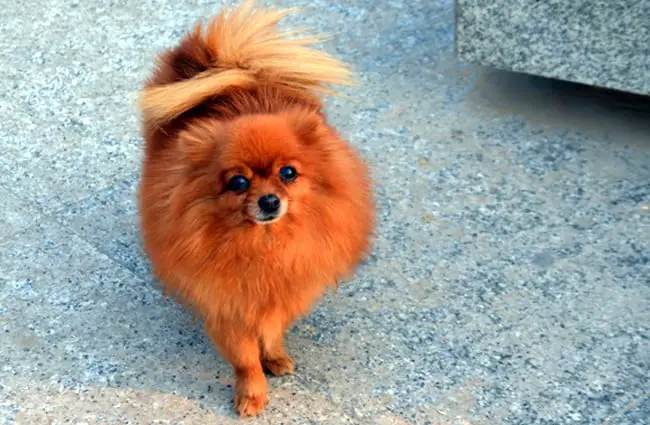






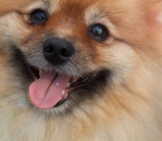


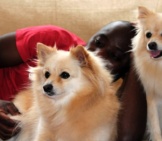





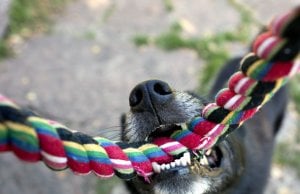
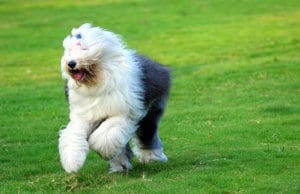




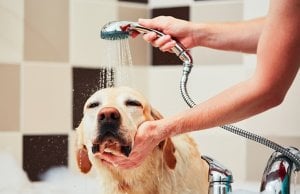

![Red Angus Closeup of a beautiful Red Angus cowPhoto by: U.S. Department of Agriculture [pubic domain]https://creativecommons.org/licenses/by/2.0/](https://animals.net/wp-content/uploads/2020/03/Red-Angus-4-100x75.jpg)

